
Can COP30 change the future of cows and climate in Brazil?
At COP30, the world’s eyes are on Brazil, and the cattle ranchers leading a global transformation.
“Growing up as a kid, I always told everyone I was going to be a farmer,” recalled first-generation dairyman Paul Windemuller of Coopersville, Michigan. “I just didn’t know how it was going to happen, because we didn’t have a farm.”
Dream Winds Dairy, an advanced dairy farm with some 260 cows — mostly Holsteins, if you’re curious — exists today because Paul never let go of his childhood dream. The Windemuller family, including Paul’s wife, Brittany, and their six children, has grown what began with just 30 leased cows in an old turkey coop and a homemade milking parlor into the thriving operation they run today.
Between managing “the girls” at Dream Winds Dairy, hosting the AgCulture podcast and traveling the world to connect with other farmers as a Nuffield International scholar, Paul has got a lot on his plate. But with technology on his side, Paul is more enthusiastic about the future of farming than ever — especially when it comes to using tools like robotics and artificial intelligence (AI).
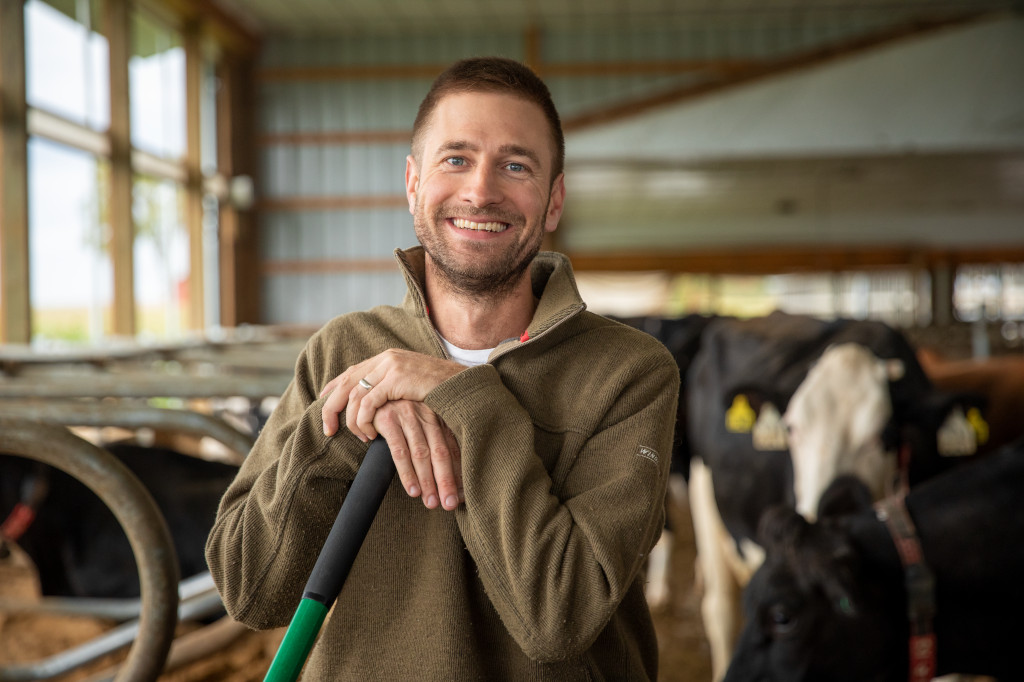
At Dream Winds Dairy, cows initiate milking on their own schedule with the help of four Lely Astronaut A4 robots that operate on a “free-cow traffic” system. Implementing robotic milking stations has resulted in less stress, better milk production and a more natural rhythm for Paul’s herd.
The process works like this: When a cow decides she’s ready to be milked, she simply walks into the robotic milking station. The Lely system identifies the cow through a special sensor on her collar and customizes the milking process based on the individual data it has already stored about her.
The app can tell, for instance:
The entire process — from entry into the station to completion of milking — takes about five minutes.
At about $200,000 per unit, investing in robotic milking systems is a major decision. But because the robots handle the milking automatically, a dairy operation’s labor expenses are subsequently eliminated and its operational costs decrease.
The Windemuller family has also seen amazing benefits related to productivity.
“I’ve had some cows that were just amazing — well above anything I’d ever seen,” Paul said of his herd’s productivity with the robotic system. “They’re literally three times more productive than the average dairy cow in the U.S.”
Reproductive efficiency is one of the biggest factors in a dairy farm’s long-term success, so tracking a cow’s fertility cycles is essential to maintaining steady milk production. Detecting when cows are in heat — the period when they are most fertile — is key to improving breeding outcomes.
At Dream Winds Dairy, each cow’s collar sensor can detect subtle changes in activity and behavior that are key indicators that she may be in heat. The ability to track this in real time has been a game changer for the farm, resulting in better conception rates, healthier cows and more predictable milk production cycles.
“After we put our robots in and got the data collection system set up, to see what it did over a six-month span to our breeding numbers was incredible,” Paul said.
Beyond reproduction and milking, Paul also relies on the cows’ collars to monitor other health parameters — particularly through their rumination patterns.
Rumination is the process by which cows and other ruminant animals regurgitate, re-chew and re-swallow their food to aid digestion. Since cows spend a significant portion of their day chewing cud, a decrease in rumination can be an early sign of illness or infection. By tracking chewing patterns and analyzing this data in real time, Paul can spot potential health issues before they escalate, allowing for quick intervention and treatment.
Having these daily insights has been so effective in the prevention and early detection of illness that Dream Winds Dairy has been able to reduce its antibiotic administration.
“You really only need antibiotics when an issue becomes full-blown,” Paul said. “But if you catch an illness or infection early enough — just like in human health — you can often prevent it from escalating.”
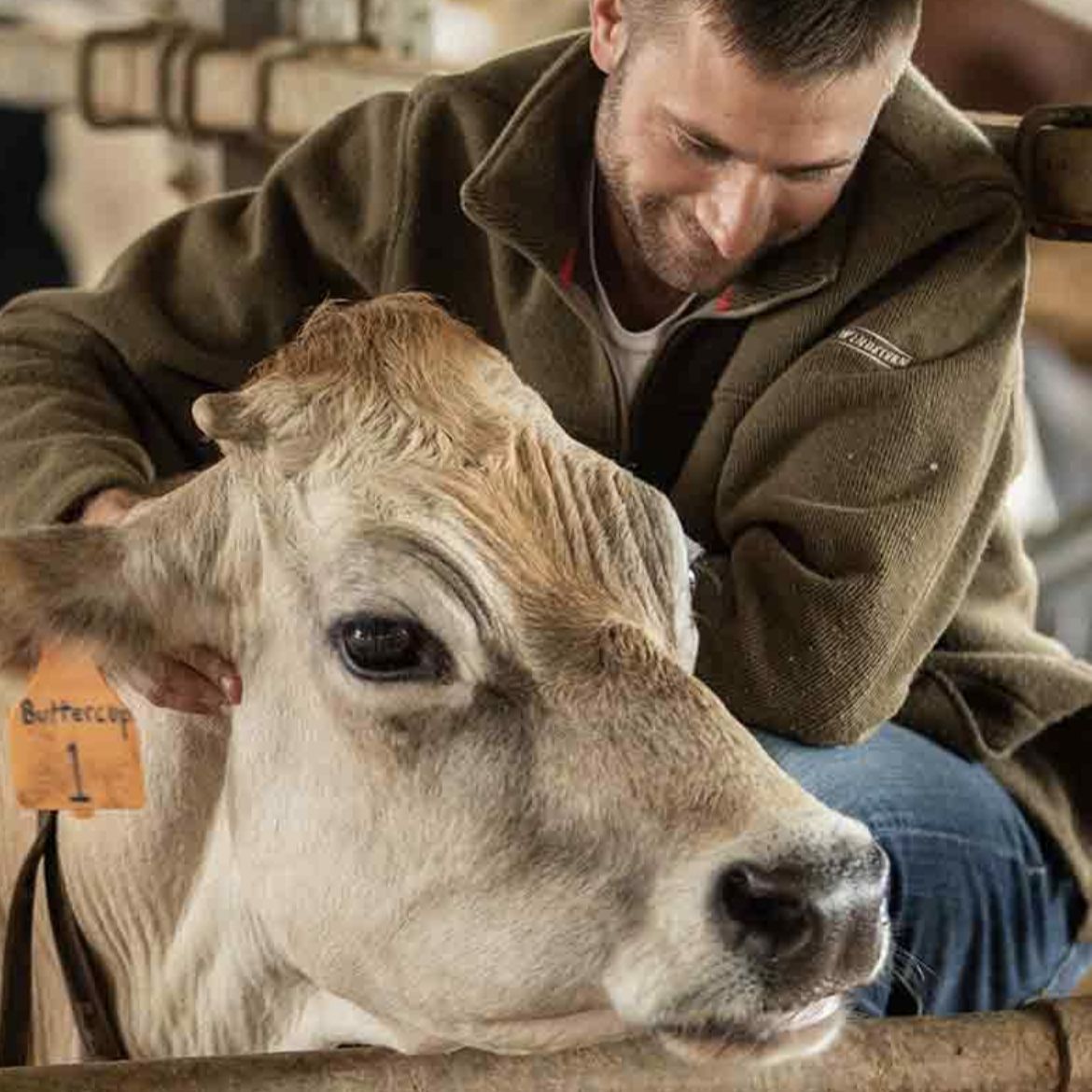
“If you feel something coming on and stay hydrated, take vitamins and minerals, a lot of times you can stop it in its tracks or at least lessen the severity,” he added. “We’ve been able to do the same with our cows. By monitoring them daily and using early treatments instead of waiting until they need antibiotics three or four days later, we can significantly reduce the need for medication.”
With robotic milking stations and AI-driven health monitoring, Paul has seen firsthand how automation can improve the efficiency, productivity and health of a herd. But what if technology could go even further?
AI-driven robots are already stepping in to tackle labor shortages in agriculture — from autonomous tractors that can plant and weed fields to robotic harvesters that are trained to only pick ripe raspberries.
In fact, with farm labor shortages becoming a growing challenge, Paul suggested that AI-powered farmhands could be crucial to the future of the industry. From assisting with feeding and cleaning to detecting illness and administering care, humanoid robots have the potential to fill critical labor gaps and help sustain dairy operations.
“I’m probably more optimistic than most people because I’ve seen the labor pool for entry-level farm work tighten up firsthand,” Paul said. “In the next five years, it’s only going to get harder and harder. So, as the technology comes on board, it’s going to be filling roles that there are very few people left to fill.”
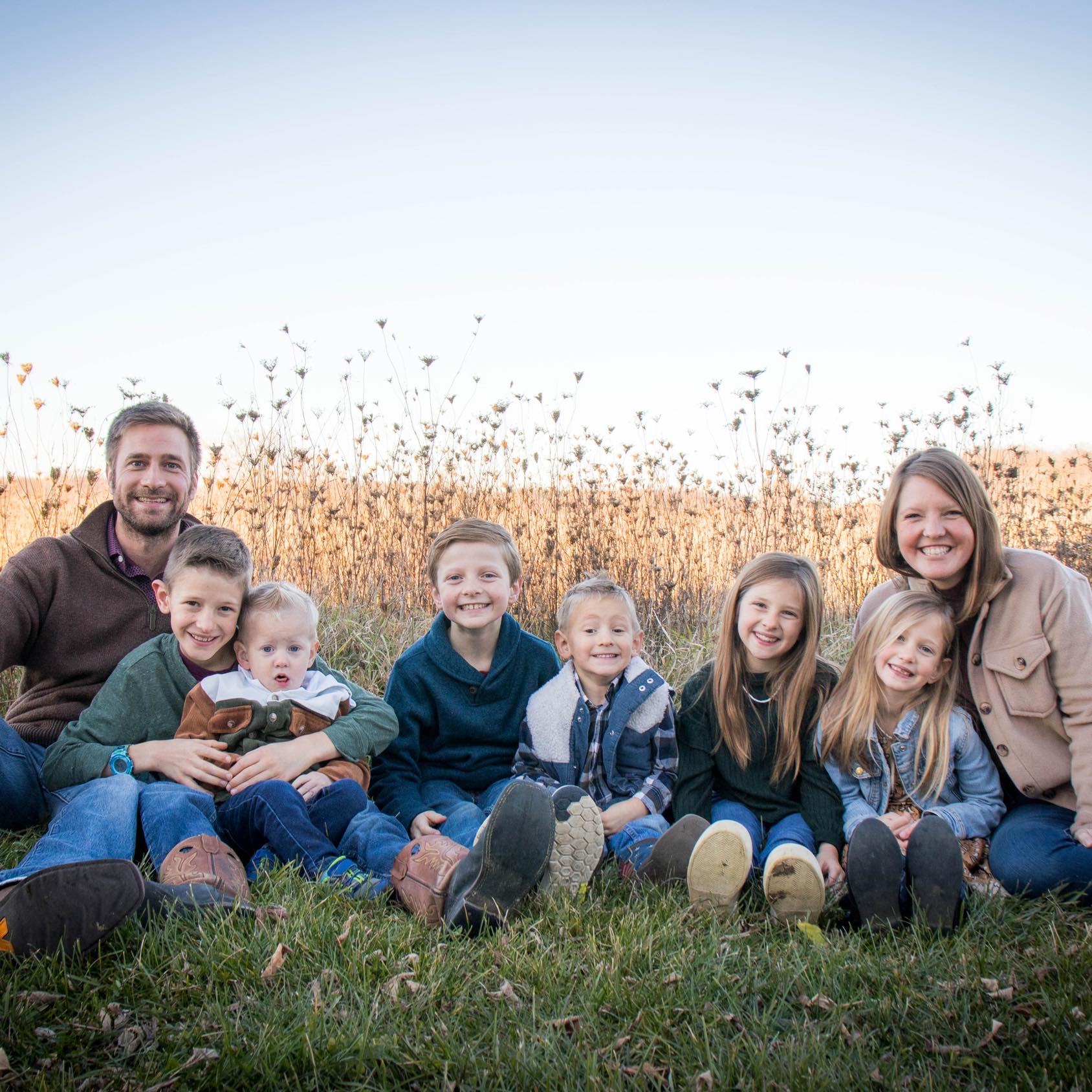
While AI and robotics are already making an impact on individual farms like Dream Winds Dairy, Paul says their full value will come with their widespread adoption across the industry. Scaling these technologies across the dairy sector would improve efficiency, boost herd health and address labor shortages industrywide. It would also give dairy farmers more time and energy to focus on strategies to lower their environmental footprint.
“The biggest factors for dairy farmers in terms of profitability and production are feed efficiency, cow health and cow performance,” Paul said. “So if we can measure and track feed efficiency on a per-cow basis in a commercial setting, that will be a game changer.”
In fact, the key question facing the industry isn’t whether AI will transform dairy farming, but when more farms will adopt these tools.
“The potential is out there, and we’ve only scratched the surface on leveraging technology to make cows more efficient at making milk,” Paul said.
Want to see where technology is taking dairy next? Follow Paul’s Nuffield scholarship journey and listen to the AgCulture podcast for real-world insights on the future of farming.

At COP30, the world’s eyes are on Brazil, and the cattle ranchers leading a global transformation.
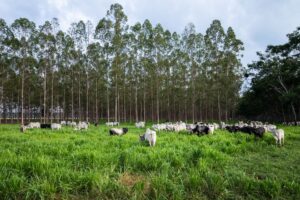
Restoring 40 million hectares of pasture could feed billions and ease pressure on the Amazon. Is the world paying attention?
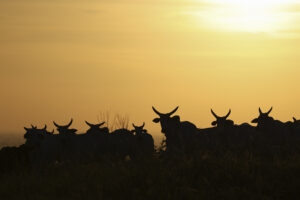
New mini-doc explores deforestation, food security and the Brazilian cattle sector’s path to a more sustainable future
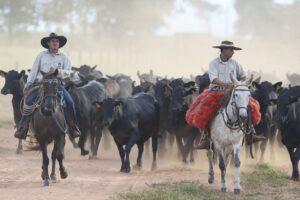
Mention Brazilian beef, and you’re likely to spark discussion about familiar themes: deforestation, emissions and blame. What do we find when we dig deeper? Here are the answers to five top questions about Brazil’s role in protecting the Amazon and feeding the world.
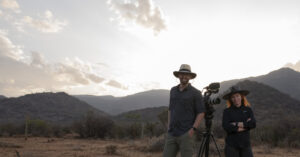
From science to the big screen: Discover how a single question grew into a global journey.

The role of essential oils like thyme, oregano and clove in reducing methane emissions from cattle.
As climate change intensifies and the world’s population continues to grow, the pressure on our global food production system mounts. You can play an active role in shaping a more sustainable planet for future generations. Fill out the form below to learn more about how you can partner with us.
Receive notifications about the release date, new online content and how you can get involved